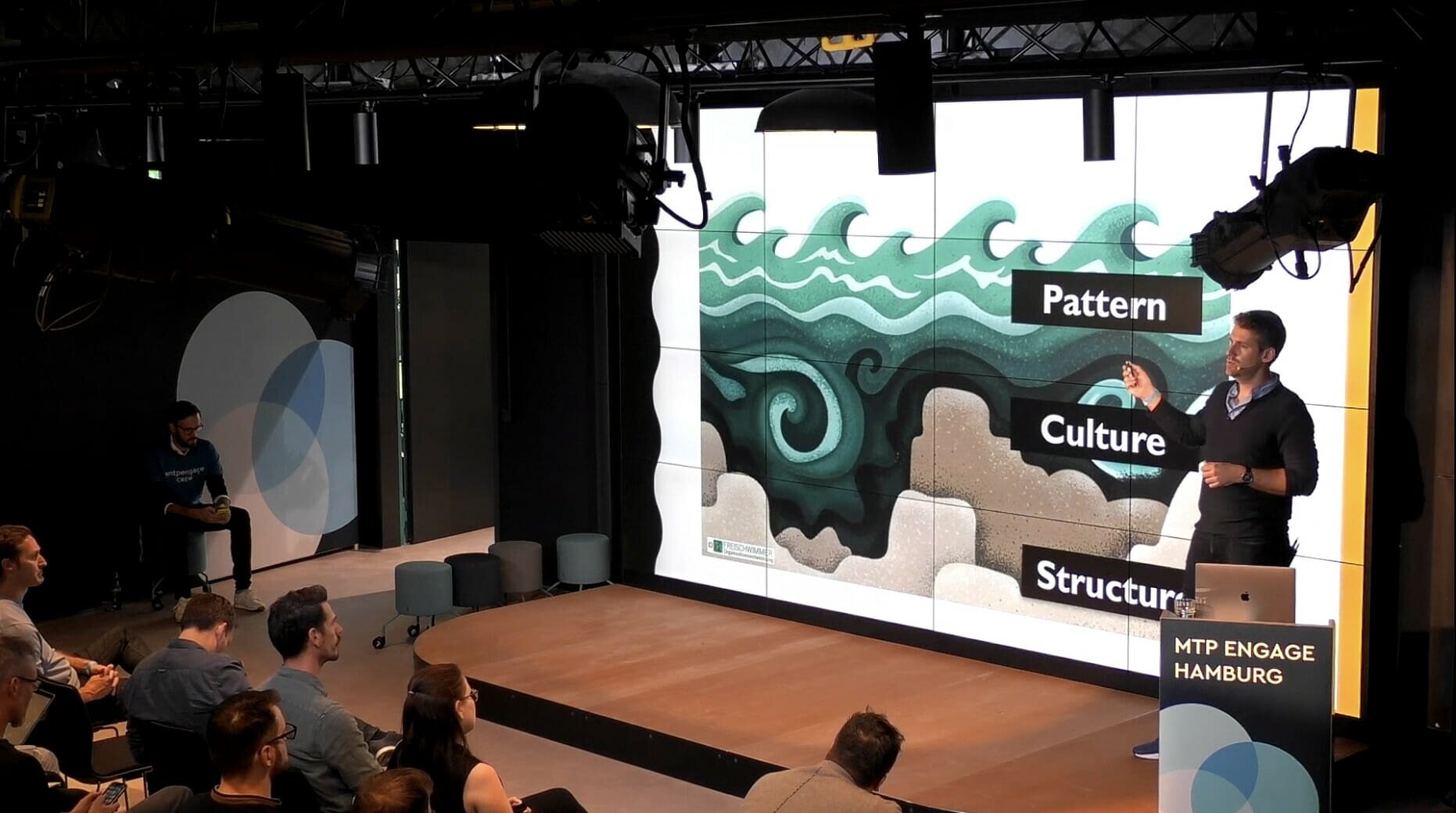In this guest post, Jenn Lambert, VP of Product Management at Veeva Systems provides tips on building a product-driven culture, and why it’s important to develop this.
In order for tech companies to create and deliver outstanding products, they must go through some soul-searching to establish the right culture within their business. Many lean too far toward being customer or sales-driven and end up compromising the quality of a product to meet the specific demands of one influential business. The key to delivering genuinely compelling products that lure customers to you is establishing a robust product-driven culture.
What is a product-driven culture?
A product-driven culture is a business environment that prioritizes and values product management. To be successful in this approach, a company has to keep the product at the center of everything it does. Product-driven organizations start by looking at the market and asking a few questions, including:
- What pain points are potential customers facing?
- What business needs are going unmet?
- Is the market growing despite lackluster options?
Smart companies speak with customers to better understand this need and how acute it is for them. This approach to creating a product-driven culture benefits all parties: Customers receive a product that truly helps them, while employees get to build offerings that make a real difference. Rather than worry about being sales-driven, the tech companies creating the best product possible will see customers arrive naturally.
For technology companies eager to generate a product-driven culture, here are four foundational elements to follow.
Focus first
Identify what product you are trying to create and what needs it will serve, rather than what customer you're trying to get.
To be product-driven, you need to focus entirely on what you're creating, meaning the product has to be central to everything you do. Concentrate on what you are trying to build and what needs it will address across all customers, rather than addressing the needs of one, regardless of their size and prominence.
Keep in mind that a truly product-driven company is working to solve problems, not make a sale. A company too fixated on finding customers will sell whatever it can, despite whether or not it meets business needs. If your culture is too concerned with sales, you will likely upset and lose customers because you didn't take the time and effort to thoroughly understand their problems.
Reward and foster autonomy
For product managers and developers, this is everything. When you are building a new product, you need to be able to operate as though you’re running as a startup – lean and nimble. This means making quick decisions to keep things moving forward. Once you identify the problem your product is going to solve, the entire team must be able to run as a startup inside a larger company – that’s where real progress comes.
At Veeva, we value autonomy over alignment. Growing the company while preserving individual autonomy and remaining true to the company’s core values are important to our product culture.
Don’t play favorites
Smaller companies can actually be your most innovative, collaborative and flexible, enabling you to experiment and develop a better product.
Whether you are a growing company ditching smaller customers for bigger ones or a large company going for enterprises, neglecting small clients can be a double-edged sword. Bigger customers may mean larger contracts, but you can become hyper-focused on their demands, missing a broader market opportunity that results in a larger, sustained payout. If you start small and build, it gives you more time to drive a genuine product.
That said, find a set of small customers to be early adopter partners. It is best to start with small organizations because as early adopters they will be more inclined to test features out and determine what works and what doesn't. You don't want to give your newly rolled-out product to a more established customer, only then to learn your solution fails to offer half of what they need.
As counter-intuitive as it may seem, you have to reset your brain and fight your natural tendency to approach enterprise customers first when targeting your market. Allow those enterprise customers to be a voice while committing to creating and refining a meaningful product. In doing this, you ensure that by the time it reaches enterprise customers, it is proven and gives a voice to small-to-medium sized businesses in a way that perhaps many other solutions don’t.
Complete the mission
Stay focused and don’t allow the team to be pulled away from the product you committed to delivering. Your best engineers understand that things will sometimes change, but most want to see their work through to the end, so killing projects should always be a last resort.
Remember, businesses must ensure they have adequate staff to set and achieve goals – and talent is tough to find. An organization with a solid product culture gives its engineers problems to solve and then empowers them with the necessary resources to find a solution. Engineers are the beating heart of any good technology company, and axing products before they have been brought to life can be detrimental to morale as well as their desire to remain in the business.
Engineering success
A strong product culture places emphasis on attracting, retaining and mentoring engineering and product talent. Creating the right environment takes time, as well as a concerted effort to hire people who share your values. It requires buy-in from the longest-tenured and most senior personnel to the newest junior hire.
It’s all about a shared culture, based on shared desires, engineered for a sustained future of shared success.







